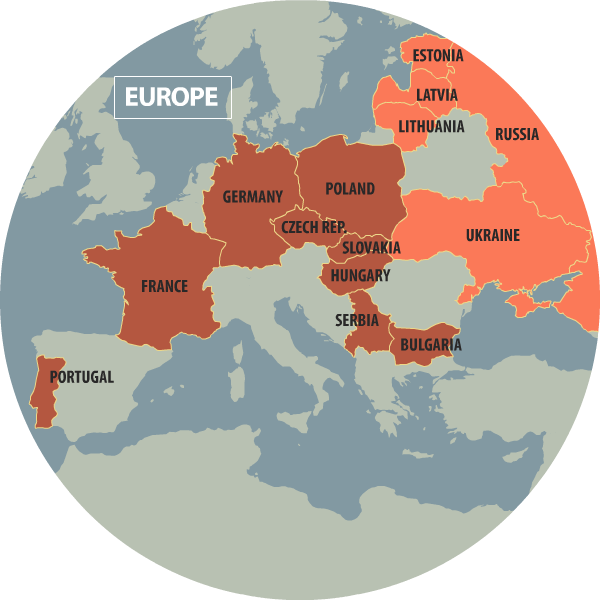1991: Policies of glasnost and perestroika started in 1985, but the reform forces spun unexpectedly into dissolution of the communist union between Russia and 14 other independent republics in December 1991. The US State Department calls Russia a semiauthoritarian state with carefully managed national elections.
Results: Successful
UKRAINE
2004: The "Orange Revolution" - a month of daily mass protests - forced annulment of a presidential election that was believed to be rigged in favor of Viktor Yanukovich. A revote swept reformist Viktor Yushchenko into the presidency. The next election in 2010 brought Mr. Yanukovich back to the presidency. Freedom House ranks Ukraine as partly free today.
Results: Successful
THE BALTIC NATIONS
1987: In Estonia's "Singing Revolution," spontaneous mass demonstrations of singing were the spark for two years of civil protest against communist rule in Estonia, followed shortly by protests during the same period in Latvia and Lithuania. Despite Soviet tanks sent to stop independence, Lithuania pulled out of the Soviet Union in March 1991; Estonia and Latvia declared independence in August 1991. Today all three nations are included in Freedom House's list of the world's most free countries.
Results: Successful





